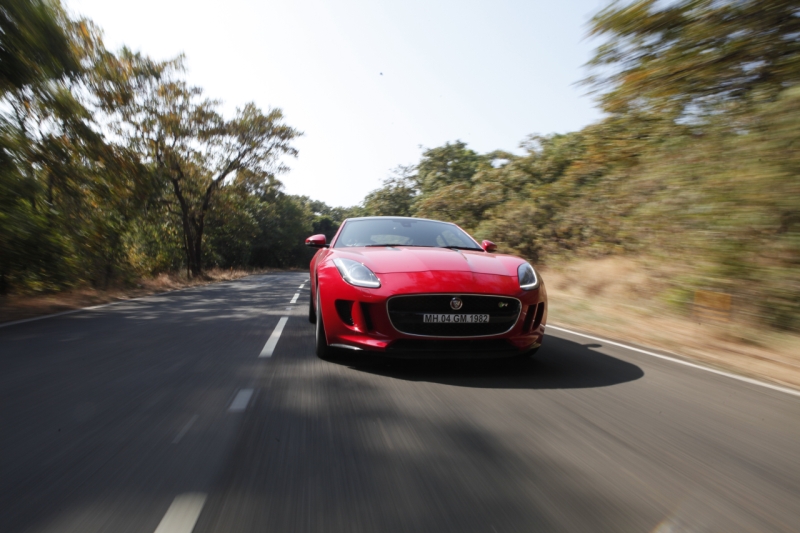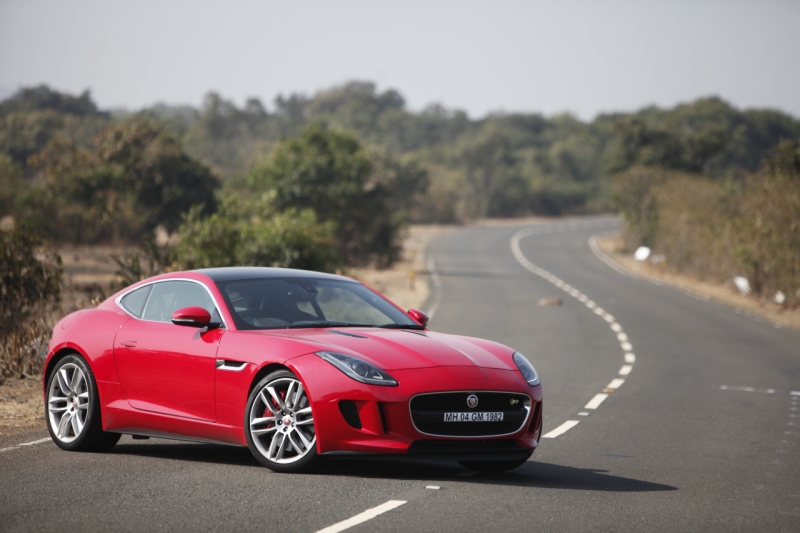The wildest and most potent Jaguar comes to our neck of the woods. We mosey on out of the city to the outskirts, far from civilisation, to let the big cat loose.
Story: Jim Gorde
Photography: Sanjay Raikar
Being a dog-person, I’m not particularly fond of cats. They’re perfectly fine when they’re little kittens, but their motives change as they grow up. Thankfully, big cats are among those I’ve always not just liked, but also admired. They’re majestic and loyal to their mates, in both senses, I would like to believe. The really big, potentially vicious ones are just as admirable as they are scary. From black panthers to leopards, tigers, lions and pumas, most of which are also brands, there is one of particular interest to me – brand, that is – and that’s Jaguar.
Jaguar have a vast heritage in motor racing, and British Racing Green (BRG) is a colour so prominent, it’s made it to the official colour options chart. Be it touring cars or Formula 1, Jaguar have been there, done that. Their C-Type and D-Type racers from the 1950s grew immensely popular and, in the ’60s, the E-Type came to become one of the most beautiful and inspired cars ever, and is still considered one today. In the power-mad ’80s, the XJ220 arrived: low, sleek, and sporting a 550-PS 3.5-litre twin-turbo V6 which propelled it to 343 km/h; it was the world’s fastest production car until 1993. The successor, spiritual or intentional, would have to be something wild, bold and just as mental, while conforming to the many stringent norms for everything from design and pedestrian safety to emissions and its carbon-footprint. The F-Type, then, is that car; embodying the heritage of the Types and road-legal madness of the XJ220, in a contemporary, all-compliant form.
The F-Type is a beautiful car. The wide, naughty smile from that face, thanks to the wide grille and swept-back headlamps invite you to take the entire form in. The sloping roof, made of glass, leads to a petite rear with wide haunches — an essential sports car trait. No surprise then that many passers-by screamed ‘Ferrari!’ as it went along. Let’s not forget the quad-exhaust pipes which hold nothing back (except carbon monoxide molecules), letting it unashamedly announce its arrival from a distance and trumpet on by in all its glory.
The bulging bonnet points to only one thing. Remember, the coupé was actually launched after the convertible model, and that led to an interesting turn of events. The AJ-V8 in gen-III supercharged guise went on to evolve into its most powerful version yet. Plonked into the XKR-S. In the F-Type R, it’s offered in the same bursting-at-the-seams 550-PS state of tune.






















Getting Things Straight – the new Range Rover Sport HST - Car India
[…] drivetrain configuration could well be offered in other models in their portfolio; notably the Jaguar F-Type sports car. Wouldn’t that be a delicious […]